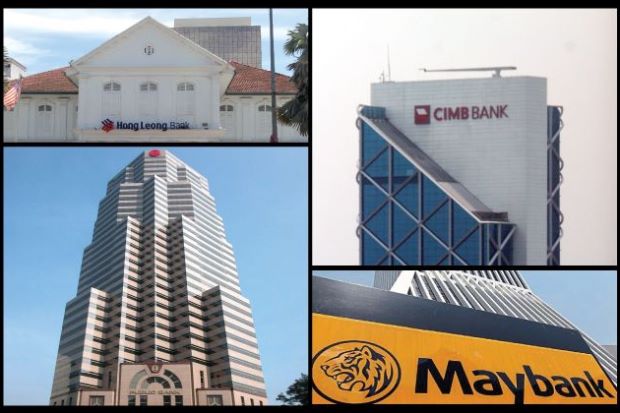The liquidity of the Malaysian banking system remains healthy despite some tightening, according to RAM Ratings’ analysis.(reported by thestar.com)
The rating agency said on Tuesday the sector’s Basel III liquidity coverage ratio (LCR) stood at 125% as at end-January 2016 — higher than the final requirement of 100% to take effect from Jan 1, 2019. “We also derive comfort from the knowledge that Bank Negara Malaysia (BNM) has various tools to manage the system’s liquidity,” said RAM Ratings’ xo-head of financial institution ratings Sophia Lee. Based on the RM50bil of statutory deposits as at end-January 2016, the recent 50-basis points cut in the statutory reserve requirement (SRR) ratio to 3.5% from 4.0% previously would boost the system’s liquidity by RM6bil. BNM will also set up a committed liquidity facility, which will offer banks another option for liquidity management.
RAM Rating pointed out BNM still has room to further lower the SRR ratio, which had descended to a historical low of 1.0% between March 2009 and March 2011. The Malaysian banking sector’s deposit growth dwindled to only 1.1% in 2015 (2014: +7.7%), partly due to the reclassification of certain Islamic deposits to investment accounts, as required by the Islamic Financial Services Act 2013. Aside from the one-off reclassification effects, our analysis reveals that capital outflows had been the key reason for the slump.
“Last year, foreign investors pulled out an estimated RM31bil, equivalent to 2% of the system’s deposits, from the local equity and bond markets. Correspondingly, the system’s loans-to-deposits ratio had climbed up to 87% as at end-January 2016 (end-December 2014: 81%),” it said. The implementation of the Basel III LCR framework, which accords lower run-off rates to retail deposits, has heightened competition for such deposits. This has consequently pushed up promotional rates for short-term retail deposits, thereby significantly narrowing the interest-rate differential with long-term capital market funding.
Against this backdrop, banks have been increasingly tapping the debt markets for alternative funding. The more stringent Basel III capital requirements have also fuelled banks’ issuance of additional tier-1 and tier-2 capital instruments, which also represent a source of long-term funding. “We believe that the banking sector’s external liabilities are manageable despite the rising trend,” said Lee. Also, the increase in recent years has been partly amplified by the weaker ringgit. Currency translation aside, the increase in banks’ external liabilities has been mainly due to their expanding regional operations and centralised liquidity management. Such external liabilities are partly covered by external assets. The system’s net external liabilities (i.e. net of external assets) amounted to less than 6% of its total assets as at end-December 2015. “Given that Malaysian banks typically match their foreign-currency assets and liabilities, currency mismatches are not significant. The system’s net open position on forex came up to only 6% of its total capital as at end-December 2015,” it said.


